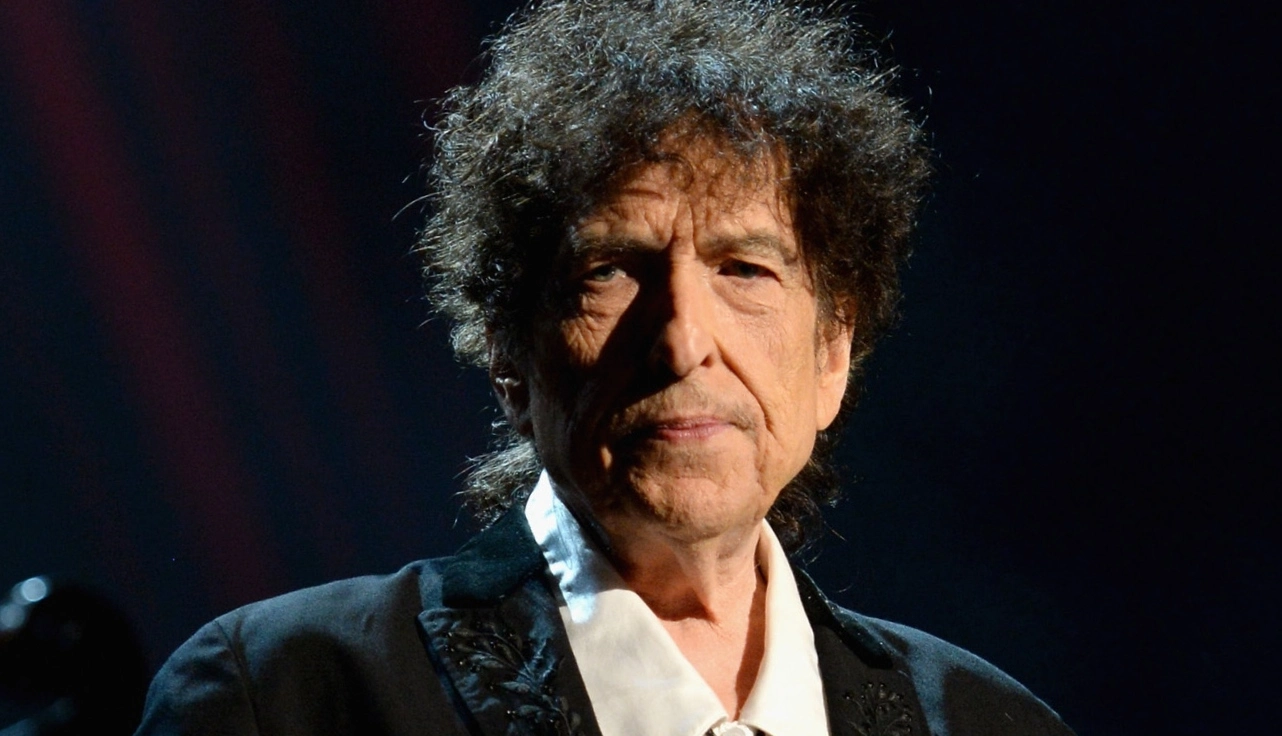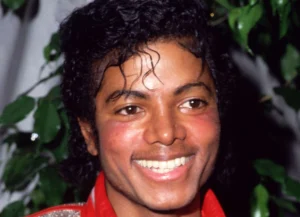Bob Dylan, one of the most significant cultural figures of the 20th century, has left an indelible mark on the music landscape. With a career spanning over six decades, Dylan has transcended the traditional roles of a musician to become a cultural icon, an award winning artist, and an influential figure in the realms of politics, literature, and social change.
As of 2025, Bob Dylan’s net worth stands as a testament to his extraordinary talent and the financial acumen that has allowed him to turn his lyrics into a fortune. This article will explore the various facets of Dylan’s career, his financial success, and the impact he continues to have on the music industry and beyond.
The Early Years A Musical Awakening
Born Robert Zimmerman in Duluth, Minnesota, on May 24, 1941, Bob Dylan grew up in a Jewish family in a middle class neighborhood. His father, Abram Zimmerman, was a shopkeeper and his mother, Beatrice, was a homemaker. The family moved to Hibbing when Dylan was young, an experience that would shape his artistic sensibilities.
Dylan’s interest in music began in his early years, influenced by the folk music of Woody Guthrie, the rock and roll of Elvis Presley, and the blues of artists like Robert Johnson. He learned to play the guitar and harmonica, developing his skills as a musician. In high school, he formed several bands, performing at local venues and honing his craft.
After graduating from high school, Dylan attended the University of Minnesota, where he immersed himself in the local folk music scene. He began performing at coffeehouses, gaining recognition for his unique voice and lyrical talent. In 1961, he made the decision to drop out of college and move to New York City, which would become the launching pad for his extraordinary career.
The Rise to Fame A Voice for a Generation

Dylan’s rise to fame began in the early 1960s when he became a prominent figure in the Greenwich Village folk music scene. His self titled debut album was released in 1962, featuring a mix of traditional folk songs and original compositions. However, it was his second album, The Freewheelin’ Bob Dylan, released in 1963, that catapulted him to stardom.
The album included iconic tracks like Blowin’ in the Wind and A Hard Rain’s A Gonna Fall, resonating with the social and political upheaval of the time. Dylan’s music became synonymous with the counterculture movement of the 1960s, and he quickly established himself as the voice of a generation.
In 1965, Dylan made a bold move by transitioning from acoustic folk to electric rock music, a decision that shocked many of his fans. His performance at the Newport Folk Festival that year marked a pivotal moment in his career, as he introduced a new sound that would redefine popular music.
Albums like Highway 61 Revisited and Blonde on Blonde showcased his innovative approach to songwriting and cemented his status as a rock music legend.
Bob Dylan’s Net Worth in 2025

As of 2025, Bob Dylan’s net worth is estimated to be around $500 million. This impressive figure reflects not only his extensive musical career but also his ability to capitalize on various revenue streams throughout his life.
Breakdown of Dylan’s Wealth
Music Albums
Dylan has released over 35 studio albums, many of which have achieved critical acclaim and commercial success. His albums have sold millions of copies worldwide, generating substantial income. Notable releases include Blood on the Tracks, Desire, and Time Out of Mind, each contributing to his financial well being.
Songwriting Royalties
Dylan’s exceptional talent as a songwriter has resulted in a vast catalog of timeless classics. His songs continue to earn royalties through performances, covers, and licensing deals. Many of his tracks have been covered by other artists, further solidifying his legacy and ensuring ongoing revenue.
Concert Tours and Performances
The Nobel Prize winning artist maintains a robust touring schedule, often referred to as the Never Ending Tour. This continuous touring has proven to be a lucrative venture, allowing him to connect with fans while generating significant income from ticket sales, merchandise, and live recordings.
Art and Literature
In addition to music, Dylan has explored visual art and literature. His paintings and drawings have been exhibited in galleries, and his literary contributions, including his memoir Chronicles Volume One, have further diversified his income streams. These ventures showcase his creative breadth and have added to his financial portfolio.
Merchandising and Licensing
Dylan’s influence extends beyond music, leading to various licensing deals for his image and songs in films, commercials, and television shows. This aspect of his career has proven lucrative, contributing to his overall wealth.
The Financial Acumen Behind the Legend
Bob Dylan’s financial success is not solely the result of his musical talent it is also a product of strategic decisions he has made throughout his career. Recognizing the value of his work early on, Dylan has been proactive in retaining the rights to his music and ensuring he benefits financially from his creations.
In 2020, Dylan made headlines when he sold his entire song catalog to Universal Music Publishing for an estimated $300 million. This landmark deal, one of the largest in music history, underscored his immense value as a songwriter and the continued relevance of his work.
The sale not only provided a significant financial windfall but also allowed him to focus on new creative endeavors without the burden of managing his catalog.
The Cultural Impact of Bob Dylan

Beyond his financial success, Bob Dylan’s cultural impact is profound and far reaching. His contributions to music and society have established him as a pivotal figure in American history.
The Voice of a Generation
Dylan’s ability to articulate the hopes, dreams, and struggles of his generation has made him a voice for social change. His protest songs not only resonated with audiences during the tumultuous 1960s but continue to inspire activism today.
Musical Influence and Legacy
Dylan’s influence on music is undeniable. He has inspired countless artists across various genres, including rock, folk, country, and even hip hop. His innovative approach to songwriting and storytelling has set a benchmark for aspiring musicians. Artists such as Bruce Springsteen, Neil Young, and Patti Smith have cited Dylan as a major influence on their work.
The Evolution of Bob Dylan’s Music
Dylan’s musical evolution is one of the most fascinating aspects of his career. He has continuously reinvented himself, exploring different genres and styles while remaining true to his artistic vision.
From Folk to Rock
Dylan’s transition from folk to rock music in the mid 1960s marked a significant turning point in his career. His decision to electrify his sound at the Newport Folk Festival was met with mixed reactions, sparking debates about authenticity in music. However, this bold move ultimately expanded his audience and solidified his status as a rock icon.
Experimentation with Genres
Throughout his career, Dylan has experimented with various musical styles, including blues, country, gospel, and even jazz. Albums like Blood on the Tracks reflect his deep emotional core, while Desire showcases his storytelling prowess through vivid imagery and character driven narratives.
In the 1980s and 1990s, Dylan continued to push boundaries with albums like Oh Mercy and Time Out of Mind, which received critical acclaim and revitalized his career. His willingness to evolve and explore new musical landscapes has kept his work relevant over the decades.
The Personal Life of Bob Dylan
While Bob Dylan’s public persona often overshadows his personal life, understanding the man behind the music provides valuable context for his work. Dylan has navigated the complexities of fame, relationships, and personal challenges throughout his life.
Marriages and Relationships
Dylan has been married twice. His first marriage to Sara Lownds in 1965 produced four children, but the couple divorced in 1977. His second marriage to Carolyn Dennis, which he kept largely private, resulted in the birth of another child. Dylan’s relationships have often influenced his songwriting, providing inspiration for some of his most poignant lyrics.
Personal Struggles
Like many artists, Dylan has faced personal struggles, including battles with depression and the pressures of fame. He has often sought solace in creativity, channeling his experiences into his music. His willingness to confront his vulnerabilities has resonated with fans, adding depth to his artistic persona.
Philanthropic Efforts
Throughout his career, Dylan has engaged in various philanthropic efforts, supporting causes related to civil rights, education, and humanitarian efforts.
FAQs About Bob Dylan
What are some of Bob Dylan’s most famous songs?
Bob Dylan’s catalog includes timeless classics such as Like a Rolling Stone, Blowin’ in the Wind, Tangled Up in Blue, and Knockin’ on Heaven’s Door.
How has Bob Dylan influenced other artists?
Dylan’s songwriting and lyrical style have had a profound impact on countless artists, inspiring musicians across genres to explore deeper themes and embrace storytelling in their work.
What themes are prevalent in Dylan’s music?
Dylan’s music often explores themes of love, social justice, existentialism, and the human experience, reflecting the complexities of life and society.
Is Bob Dylan still active in music today?
Yes, Dylan continues to perform and release new music, maintaining a strong presence in the industry. His recent albums have received critical acclaim, showcasing his enduring talent.
What is the significance of Bob Dylan’s lyrics?
Dylan’s lyrics are known for their poetic depth and social commentary, often addressing political and cultural issues. His ability to weave narratives and evoke emotions has elevated songwriting to an art form.
Conclusion
Bob Dylan’s net worth in 2025 reflects not only his incredible talent and prolific career but also his ability to turn lyrics into a fortune. As a music legend, Dylan has transformed the landscape of American music, influencing generations of artists and becoming a voice for social change.
His artistic evolution, marked by experimentation and reinvention, has allowed him to remain relevant in an ever changing industry. Beyond the numbers, Dylan’s cultural impact is immeasurable. His songs have become anthems for movements, and his lyrics continue to resonate with audiences across the globe.



